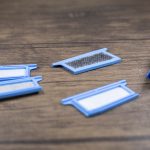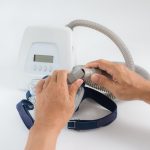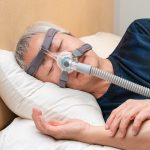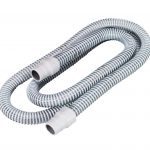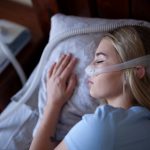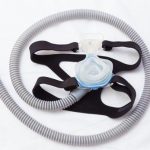Preventing Condensation in CPAP Tubing
Posted by David L. Hebert
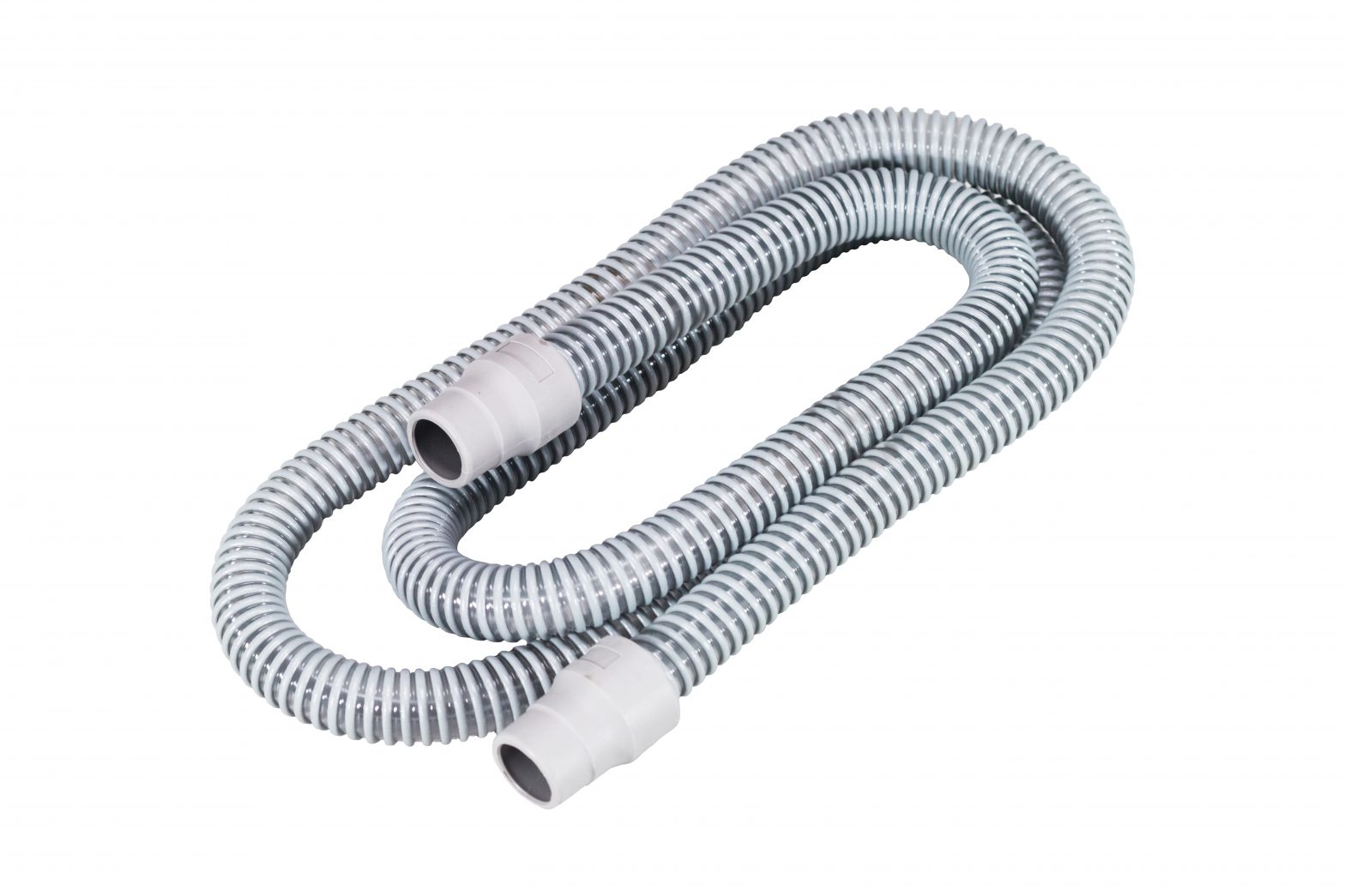
Possibly the most common issue CPAP users face is the challenge of dealing with condensation. Any time the room temperature is cooler than the air travelling from the humidification chamber to your mask, the temperature difference can cause water droplets to collect inside the hose. This is commonly known as “rainout,” and it is a frequent complaint.
Once water has collected inside the tube, it may drip directly into the mask and cause irritation, or it may pool in the low areas of the hose and block the airflow, causing sudden pressure loss and surges. Smaller amounts of condensation can also remain in the hose unnoticed, where it can harbor mold, mildew, or bacteria, and can result in breathing issues, allergies, sinus infections, or even disease.
While there is a wide variety of available solutions to help in preventing condensation, the most appropriate methods will depend on the conditions that give rise to the condensation in the first place.
Condensation occurs when water droplets form as the warm, humid air inside the hose is cooled by cooler air outside the hose. The amount of condensation that forms will depend both on the humidity level and on the difference in temperature.
Your CPAP machine is designed to warm the water in the humidification chamber to add moisture to the air before it is delivered to your mask. The higher you set your machine’s humidification settings, the warmer and more humid the air will be. But if the room temperature is cool, the warm and humid air from the machine will lose heat as it travels down the hose, and condensation will begin to form.
If you suffer from rainout or water buildup in your CPAP tubing, consider the following possible solutions to see if one might be right for you, or whether a combination of alternatives might better serve your needs.
Adjust your Machine’s Humidity Settings
A very simple solution could simply be to reduce the warming temperature of the humidification chamber in your CPAP machine’s settings, which may reduce the temperature and humidity level just enough to prevent rainout from occurring. Because it also has the effect of lowering the humidity, though, it may negatively affect your therapy, so choosing one of the following alternatives might be preferable, especially if you require a higher level of humidity for your therapy.
Adjust the Room Temperature
Another deceptively simple solution to prevent rainout is to make the room warmer, which reduces the temperature differential and therefore makes condensation less likely to form. While turning up the heat may be a simple and elegant answer, this may not be a practical or ideal solution in every circumstance. If you are one of the many people who prefer a cooler room for sleeping, one of the following alternatives will certainly be preferable for you.
Tuck your Tubing Under your Blankets
Some users have reported success in avoiding condensation by tucking their hoses under their bedcovers with them, providing a layer of insulation along with body heat to keep the hose warm. Unfortunately, users who cannot configure their hose and machine placement to accommodate this method will have to choose another arrangement.
Elevate your Hose
If condensation is forming where your hose droops to its low point between your mask and your machine, CPAPology’s Jack device might be your perfect solution. The kit comes with two adhesive suction cup devices that can stick to most flat surfaces such as walls, headboards, night stands, or bookcases.
Once attached to a surface, the Jack can be used to support and elevate the CPAP hose, eliminating any low points where water could collect and block airflow, instead positioning the hose so that any condensation runs back towards the machine.
The Jack device can also support the weight of a mask for daytime storage or drying after cleaning. It is reusable and easy to mount and remove, also making it an ideal travel accessory.
Wrap your Tubing with a Hose Insulator
Some users find success with a hose insulator, which is a simple fabric cover that slips over your tubing and provides a layer of insulation to keep the hose warm. There are commercial slipcovers available from ResMed and from Respironics. Users who are crafty may wish to create their own by sewing, knitting, or crocheting their very own personalized decorative insulated hose cover. You can find insulator wrap here.
Use Heated Tubing
Heated tubing has a small heating element that runs throughout the hose and a special electrical connector that draws power from the CPAP machine. ResMed, Fisher & Paykel, and Respironics each make special heated tubing for their CPAP machines. ResMed heated hoses can be set manually to a specific temperature, or an automatic setting can be used. For other manufacturers, please consult the user manuals for specific instructions. You can find heated tubing here.
Be Wary of Overfilling your Reservoir
Having water in your hose isn’t always caused by condensation. On a few occasions I have put too much water in my reservoir and ended up with a surprising amount of water in my hose – enough so that it seemed like far too much water to be caused by condensation. Be careful when you fill your humidification chamber so that you don’t overfill it and inadvertently cause yourself some problems.
Finding your Ultimate Solution
Your therapy and comfort are what’s most important, and maybe that means using a combination of different solutions. Maybe you prefer a heated hose set at a low temperature and wrapped in a hose insulator, as opposed to an unwrapped heated hose set at a higher temperature. Ultimately, the best solution is the one that works for your own particular needs so that you continue to get better sleep.
Finally, remember that the team at Remologie.ca is always available to answer any questions you might have and help to find solutions for any issues that arise. Remologie is always here to help.




